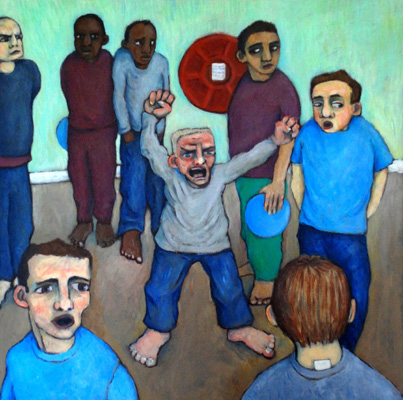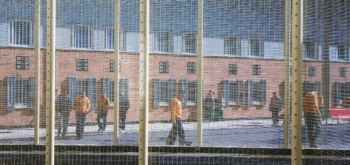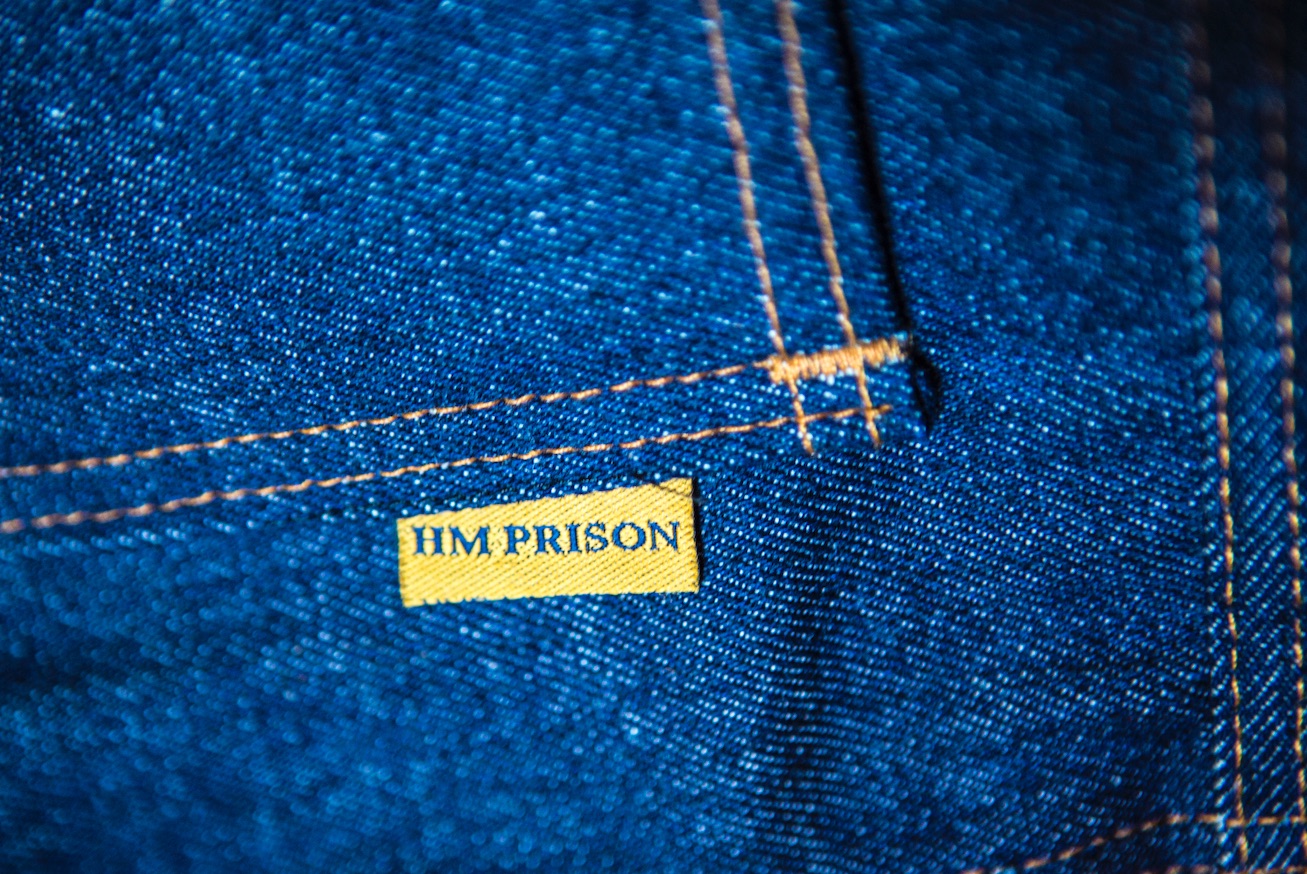A report released by Her Majesty’s Inspectorate of Prisons following a surprise inspection of Her Majesty’s Young Offender Institution (HMYOI) Werrington, near Stoke-on-Trent, found levels of violence and use of force at the prison to be higher than any other establishment in England and Wales. Children’s perceptions of safety were also worse than at any other young offender institution (YOI). In response to the report, Andrea Coomber, Chief Executive of the Howard League for Penal Reform, said: ‘This is one of the most horrifying inspection reports that the Howard League has seen. It is a 69-page document of failure that could be summarised in just seven words: prison is no place for a child.’
HMYOI Werrington currently holds 66 children aged 15-17. The latest inspection report, covering the period from late January to early February 2022, outlined the institution’s failings in relation to leadership, safety, care, purposeful activity, resettlement, and set out key concerns and recommendations, commenting on progress made since the last inspection in 2020. The report noted a deterioration in three out of four healthy prison tests for regard children’s establishments: safety, purposeful activity, and care. These three areas were assessed as ‘poor’ – the lowest possible rating – while the fourth, resettlement, remained the same.
16 per cent of children surveyed for the report said they felt unsafe at the time of inspection, and levels of violence over a six-month period were ‘higher than in any other establishment in England and Wales’, resulting in 31 children attending hospital during that period, and 399 weapons being found over the past year – double the number found the previous year. Children told inspectors that the reason they carried weapons was because ‘they did not have confidence in the ability of staff to keep them safe’. Leaders had adopted a strategy of managing violence that involved ‘keep-apart’ lists of children who were in conflict with each other, and where there was a risk of violence if these individuals came into contact. Of a population of 66, there were 263 of these ‘keep-aparts’.
The report noted that this strategy was ‘a reactive process of risk avoidance, rather than risk management’ and had the effect of impacting ‘every aspect of life for the children’, notably access to other services within the prison like education, sport, behaviour programmes, and visits. Andrea Coomber commented that ‘rather than solving problems, staff have relied on trying to keep children apart. [This strategy] does not appear to have made the jail any less toxic, and the boys have been denied access to education that might help to guide them away from crime.’






